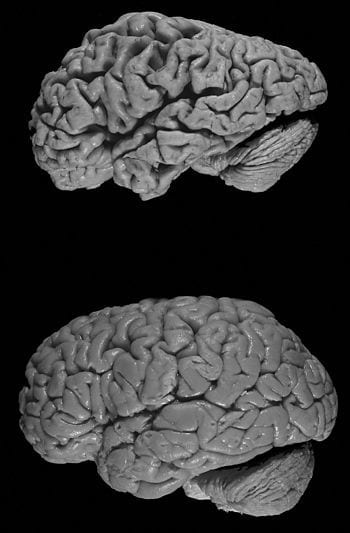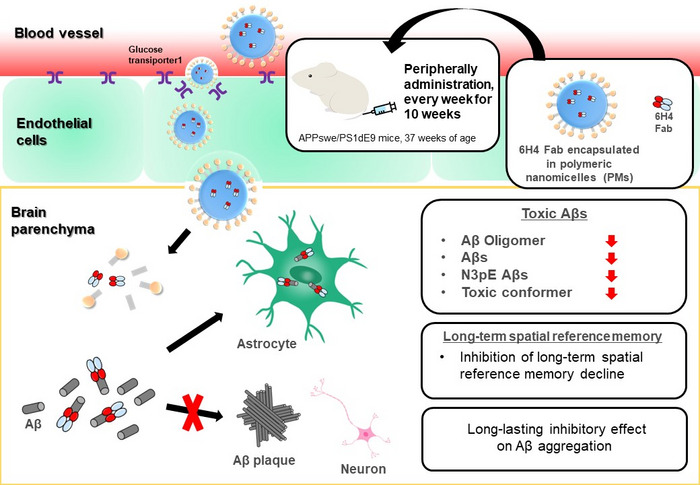Preliminary results show the device, created at Cedars-Sinai and developed by NeuroVision Imaging, may provide highly predictive early detection of changes associated with Alzheimer’s disease
A noninvasive optical imaging device developed at Cedars-Sinai can provide early detection of changes that later occur in the brain and are a classic sign of Alzheimer’s disease, according to preliminary results from investigators conducting a clinical trial in Australia.
The researchers will present their findings July 15 in an oral presentation at the Alzheimer’s Association International Conference 2014 in Copenhagen, Denmark. They also were invited by conference organizers to participate in a “breaking news” news conference beginning at 7:30 a.m. Sunday, July 13 in Copenhagen, 1:30 a.m. EDT.
“In preliminary results in 40 patients, the test could differentiate between Alzheimer’s disease and non-Alzheimer’s disease with 100 percent sensitivity and 80.6 percent specificity, meaning that all people with the disease tested positive and most of the people without the disease tested negative. The optical imaging exam appears to detect changes that occur 15-20 years before clinical diagnosis. It’s a practical exam that could allow testing of new therapies at an earlier stage, increasing our chances of altering the course of Alzheimer’s disease,” said Shaun Frost, a biomedical scientist and the study manager at the Commonwealth Scientific and Industrial Research Organisation. CSIRO is Australia’s national science agency.
Read more . . .
The Latest on: Alzheimer’s testing
[google_news title=”” keyword=”Alzheimer’s testing” num_posts=”10″ blurb_length=”0″ show_thumb=”left”]
via Google News
The Latest on: Alzheimer’s testing
- Chris Hemsworth furious over reports which falsely suggested he was retiring from Hollywoodon May 1, 2024 at 10:53 am
Thor' star Chris Hemsworth has admitted he was furious over false rumours which suggested he was retiring from Hollywood.
- Do I have dementia and how to test for iton April 19, 2024 at 12:00 am
Getting a dementia diagnosis is a long and complicated process, which can be a postcode lottery. In some cases where patients are under 65, it can take four years from recognising symptoms to receiving a diagnosis.
via Bing News











